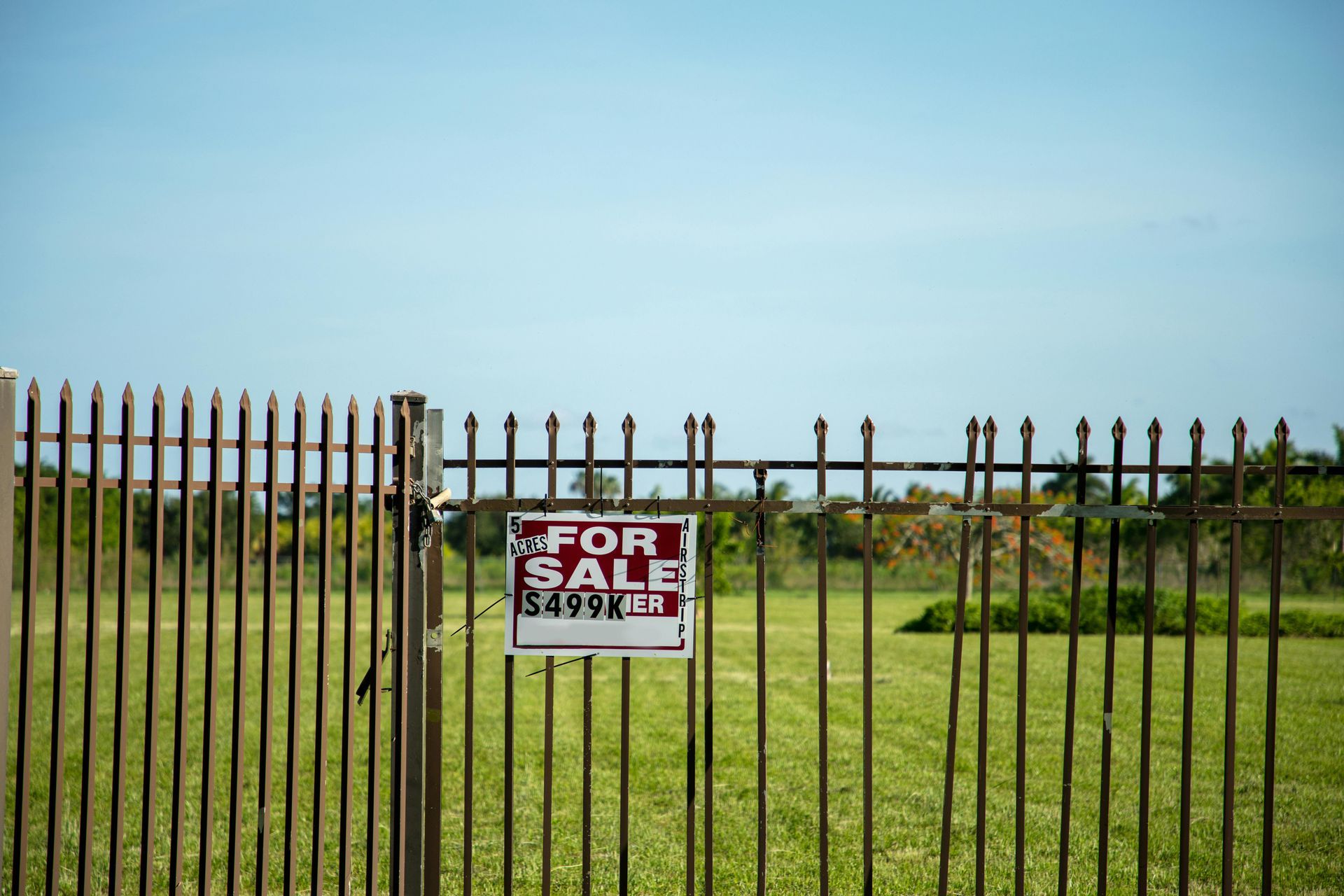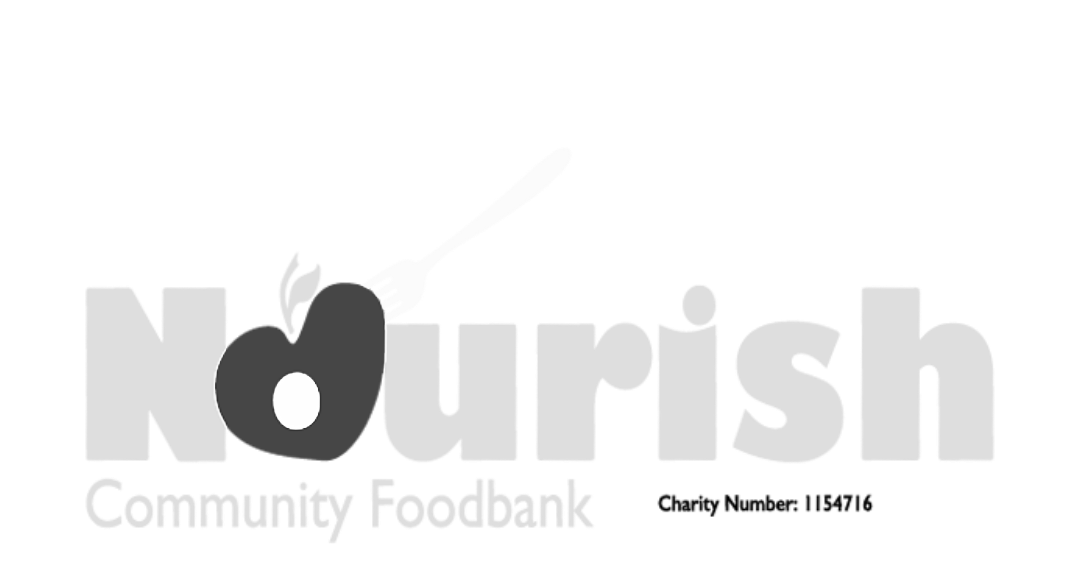VAT – it’s a piece of cake!
Can you have your VAT cake and eat it?
I’m returning to one of my favourite subjects – VAT and yes, I know I need to get out more! I talk nationally on VAT but every time I do I learn something new – that is how complex our VAT system has grown.
It was actually introduced in 1973 as a pre requisite of the UK joining the European Economic Community (EEC). Now that we are leaving, I wonder if it will be dismantled – I very much doubt it as alongside corporation tax and income tax it is the third largest source of government revenue. It was introduced as a single rate of 10% on the purchase of most goods and services. VAT is a consumption tax which is levied at the end user, ie, the consumer, and therefore is the only tax that is not accrued due to earnings. It didn’t take long for the complexities to start and by 1974 there were already two rates of VAT and the notion of luxury goods being exploited. Today, the VAT network is vast and that’s only considering sales within the UK – once we start looking at trading into Europe there are a whole raft of new technicalities to grapple with.
Let’s take one example – Jaffa Cakes! Yes, I know you didn’t expect that. Did you know that no VAT is charged on plain biscuits and cakes? But when a biscuit is covered by chocolate it becomes a luxury item and therefore attracts VAT at 20%. The VAT man came knocking at McVities door claiming that a Jaffa Cake was a luxury biscuit and therefore should be VATable. McVities claimed that the Jaffa cake was a cake and therefore no VAT was due. How did they win – on a very simple argument that, when cake is stale it goes hard, where as a biscuit will be soft! Leave a Jaffa Cake out overnight and see what happens! Brilliant, got to appreciate McVities for that one – we can still enjoy our non VATable Jaffa Cake.
There are literally hundreds of anomalies like this in our VAT law so it is always worth having the professional deal with your VAT returns. Please do contact us if you need help with your VAT, don’t try and guess as the Revenue are clamping down further on VAT. We may not know the answer immediately but after a cuppa and a jaffa cake we’ll make sure that your VAT return is a piece of cake.










